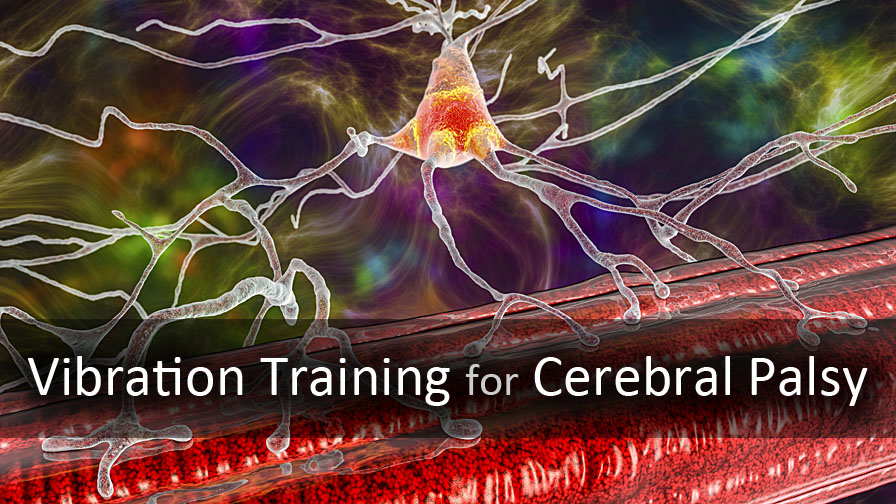
Vibration Training for Cerebral Palsy
Physical therapy incorporated with vibration intervention can be a more effective complementary treatment for cerebral palsy.
Due to our natural skeletal muscle's stretch reflex response, we can utilize vibration intervention to induce rapidly repeated skeletal muscle contractions, which effectively activate and exercise our neuromuscular system, improving its functionality and performance.
Through the enhancement of muscle strength, mobility and balance, we can alleviate some symptoms of cerebral palsy.
With inducing rapidly repeated skeletal muscle contractions, vibration intervention can make physical therapy more effective in activating the neuromuscular functionality and improving some conditions to improve the cerebral palsy:
[Muscle Relaxation] Studies have suggested that vibrations may help relax and loosen muscles, potentially reducing muscle stiffness and spasticity, which are common symptoms in individuals with cerebral palsy.
[Enhanced Mobility] The rapidly repeated muscle contractions induced by vibration can more effectively activate and exercise skeletal muscles and enhance their mobility.
[Balance and Posture] T Vibrations delivered to the feet or legs may influence proprioception (awareness of body position) and potentially help with balance and posture, which can be challenging for people with CP.
[Improved Circulation] Vibration training can promote improved peripheral blood circulation in the muscles and limbs, potentially benefiting individuals with cerebral palsy by increasing blood flow to affected areas.
[Pain Management] Some people with cerebral palsy experience pain due to muscle stiffness. Vibration training can offer temporary relief from such pain.
As a unique physical therapy, vibration training may produce certain treatment results that are not achievable from regular physical therapy or mainstream medicine.
More and more parents of kids with CP started to explore using vibration plate to alleviate the conditions of their kids. Many of them record the mobility improvement and on their kids and believe vibration training is effective.
The effects of vibration training can vary from person to person. It also depend on the training design like exercise postures, intensity and duration. What works for one individual may not work for another.
[Inadequate scientific research] Scientists are interested in learning if vibration induced skeletal muscle response can help improve the mobility and balance for patients with CP. Many small scale clinical trials were conducted to examine the benefit of vibration therapy on CP patients. The outcomes are mixed because of the different trial designs, parameters, patient criteria and measuring standards.
In fact, due to limited funding, none of the clinical trials were adequately designed. Even though, most clinical were not properly implemented. There are too many variables to examine and verify, including movement patterns, frequency, amplitude, training time and postures. Patient recruitment and retention are also major issues to implement the designed clinical trials.
Below are a selected list of literature review projects and clinical trials that represent the current research on vibration therapy for treating cerebral palsy.
- Vibration therapy in patients with cerebral palsy: a systematic review
- 06/18/2018, Ramona Ritzmann | PubMed.gov
- What We Know About Vibration Therapy for Cerebral Palsy
- 03/27/2020, Cait Parr, PT, DPT | Napa
- Whole body vibration and cerebral palsy
- 09/12/2015, Sean A. Duquette | PubMed.gov
- The effect of side-alternating vibration therapy on mobility and health outcomes in young children with mild to moderate cerebral palsy: design and rationale for the randomized controlled study
- 11/05/2020, Alena Adaikina | BMC Pediatrics
- Effect of whole-body vibration on muscle strength, spasticity, and motor performance in spastic diplegic cerebral palsy children
- 04/01/2014, Marwa M. Ibrahim | Science Direct